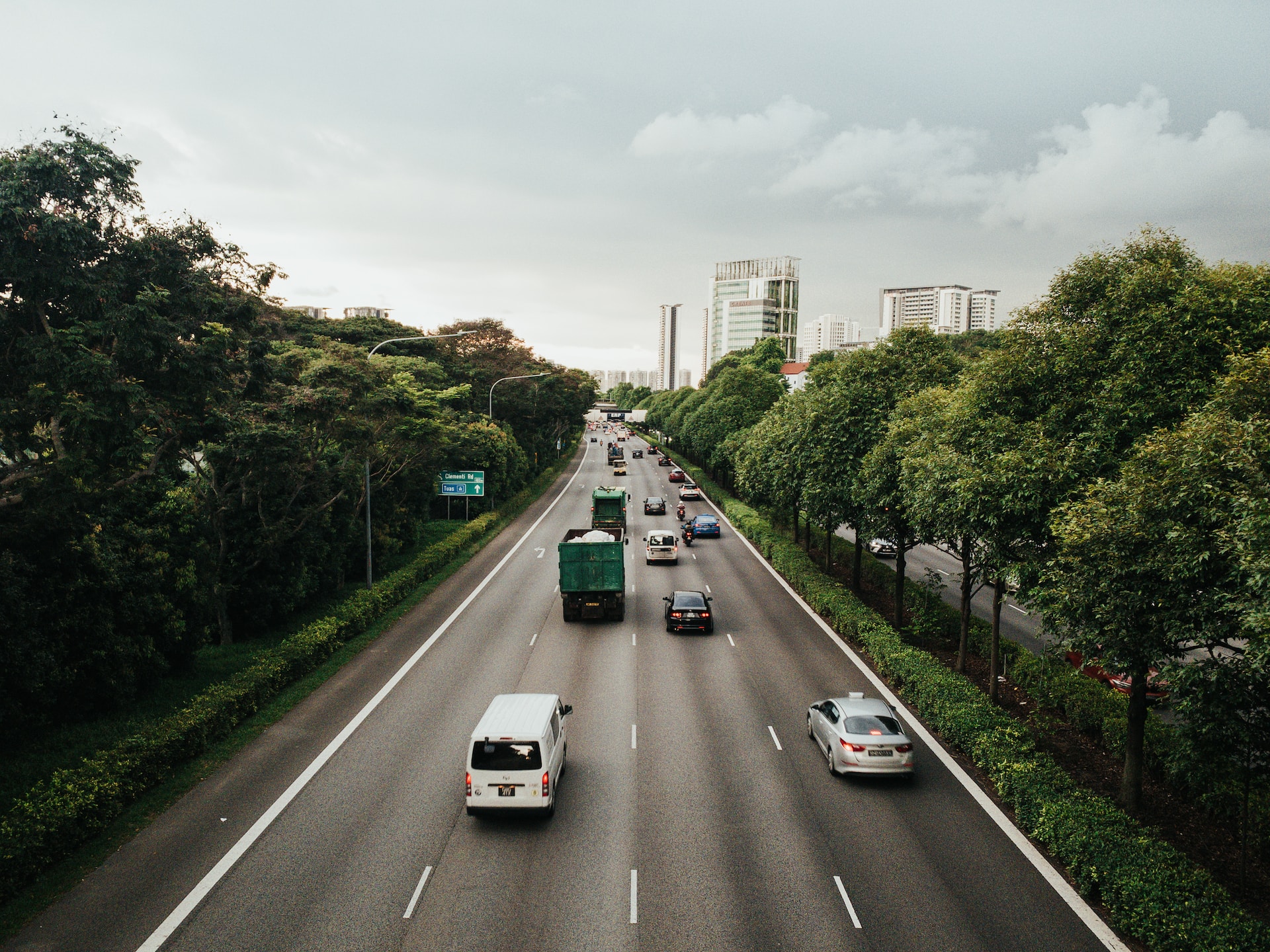Washington, D.C. stands at a pivotal moment as city leaders prepare to make a critical decision regarding the highly-anticipated K Street Transitway project. After years of planning and anticipation, the fate of this ambitious transportation initiative now rests in the hands of D.C. leaders. This article explores the significance of the project, the complexities surrounding it, and the decisive moments that will shape the future of K Street and the city’s transportation landscape.
The Significance of the K Street Transitway:
The K Street Transitway project holds immense potential to transform Washington, D.C.’s transportation system and urban fabric. With its vision of dedicated bus lanes, pedestrian-friendly infrastructure, and cycling enhancements, the project aims to improve mobility, reduce congestion, and promote sustainable transportation options. Beyond these tangible benefits, the Transitway represents a symbol of progress and innovation, showcasing the city’s commitment to creating a more livable and accessible urban environment.
Navigating Complexities and Stakeholder Perspectives:
As D.C. leaders prepare to make their decision, they must carefully navigate the complexities and varied perspectives surrounding the K Street Transitway. Proponents of the project emphasize the benefits of enhanced public transit, reduced carbon emissions, and improved safety for pedestrians and cyclists. They argue that the Transitway will address long-standing transportation challenges and position D.C. as a model for sustainable urban development.
However, concerns have been raised by those who question the project’s potential impact on vehicular traffic, parking availability, and business operations along K Street. The challenges of construction, potential disruptions, and the equitable allocation of resources have also been raised as valid considerations. Balancing the diverse needs and interests of stakeholders while keeping the broader vision in mind poses a significant challenge for decision-makers.
The Decision-Making Process and Public Engagement:
To ensure a comprehensive and inclusive decision-making process, D.C. leaders have actively sought public input and engaged with stakeholders. Town hall meetings, public forums, and consultations have provided opportunities for residents, business owners, transportation experts, and community organizations to voice their perspectives and concerns. The decision-making process aims to capture the diverse needs of the community, fostering transparency and accountability.
The Road Ahead:
As the decision on the K Street Transitway project approaches, D.C. leaders find themselves at a critical juncture. The choices they make will have lasting implications for the city’s transportation system, economic vitality, and overall urban livability. Striking the right balance between enhancing public transit, accommodating different modes of transportation, and addressing the concerns of all stakeholders requires thoughtful deliberation and a clear vision for the future of the city.
Conclusion:
The fate of the long-awaited K Street Transitway project now hangs in the balance, awaiting the decision of Washington, D.C.’s leaders. With the potential to redefine transportation in the nation’s capital, this ambitious initiative represents a defining moment in the city’s urban development. As decision-makers weigh the diverse perspectives and navigate the complexities surrounding the project, their choices will shape the trajectory of transportation in D.C. and leave an indelible mark on the city’s future. The world watches as the decisive moments unfold, ready to witness the transformation of K Street and the city’s transportation landscape.











